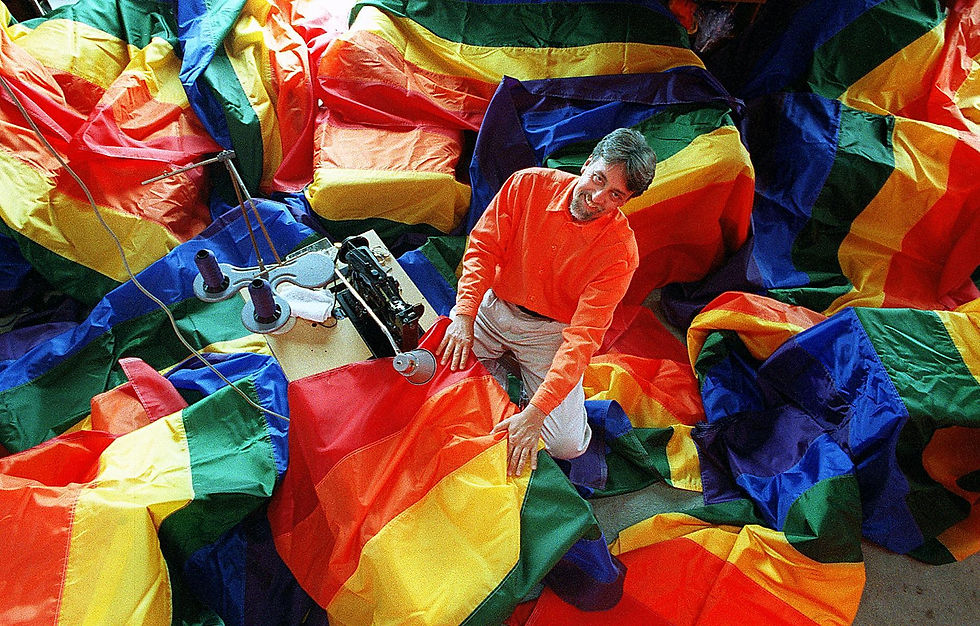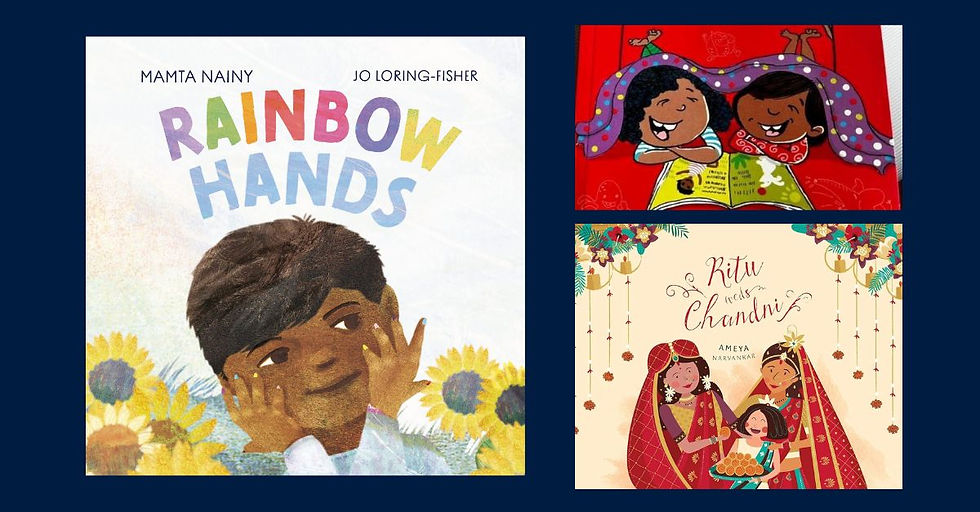What’s the difference between Sex and Gender? And why does it matter?
- Sonal Giani
- Jun 17
- 3 min read

Let’s start with something ordinary.
A baby is born. The doctor looks between the baby’s legs and says, “It’s a boy!” or “It’s a girl!” That’s sex. It’s a label given at birth, based on what someone’s body looks like from the outside.
Most people don’t question it. It goes on your birth certificate. Your school records. Your passport.
But what if the doctor looks… and isn’t sure what to say?
Because the baby’s genitals aren’t clearly a penis or a vagina. They’re somewhere in between.
This happens more often than we think. These babies are called intersex—which means their bodies have a mix of male and female traits. Some may have a larger-than-usual clitoris that looks like a small penis. Others might have a penis but no testicles. Some may have both ovarian and testicular tissue.
There’s even something called the Prader Scale—a tool doctors use to measure how much a newborn’s genitals “fit” into typical male or female categories. Imagine that: a ruler being used to decide your sex.
Often, surgeries are done on intersex babies to make their bodies look more “normal”—without their consent, and without medical need. Just to fit into one of two boxes.
So even sex, which we think of as fixed or biological, isn’t always simple or binary.
But sex is only one part of the story.
Let’s talk about gender—and how it shapes our lives in ways we may never have questioned.
So, what is gender?
Gender is the set of roles, expectations, and behaviors that society teaches us based on the sex we’re assigned at birth.
It's about how you're expected to dress, speak, behave, and even dream—just because someone once ticked a box on a form that said “male” or “female.”
But within this idea of gender is something even more personal—called gender identity.
Gender identity is your inner sense of who you are. Whether you feel like a girl, a boy, both, neither, or something else altogether.
This identity may match the sex you were assigned at birth—or it may not.
Some people are assigned female at birth and grow up feeling comfortable being a woman. Others are assigned male but feel, deep down, that they are not a boy. Some don’t feel like either category fits—and that’s okay too.
But how do we learn gender?
From the moment we’re born, the world starts teaching us what it thinks we are.
If you’re called a girl, you’re given dolls and dresses.
If you’re called a boy, you’re given toy cars and told not to cry.
Girls are praised for being quiet and “pretty.”
Boys are praised for being loud and “strong.”
These are called gender norms—rules that tell us how to behave, based on our sex.
But here's the thing: these rules are not the same everywhere.
In some cultures, men wear skirts. In others, that’s unthinkable. In one family, girls are pushed to be leaders. In another, they’re expected to serve tea. What it means to be a “man” or a “woman” is not written in our biology—it’s written by society.
That’s why we say: Sex is assigned. Gender is learned. And gender identity is discovered.
So what’s the difference?
Let’s make it clear:
Sex is the label you’re given at birth, based on your body.
Gender is the set of expectations the world puts on you because of that label.
Gender identity is your own understanding of who you are.
Sometimes, all of these line up. Sometimes, they don’t. Either way, all of them are valid.
But why does this matter?
Because this confusion between sex and gender shows up everywhere—in ways that affect real people.
Imagine filling out a form that only gives two options: male or female. But you don’t feel like either fits. What do you choose?
Or imagine being told you can't wear a certain uniform or use a certain bathroom because of how your body looks—not who you are.
Or growing up with people calling you names, laughing at how you walk,
questioning your worth—just because you don’t follow “the rules” of your assigned gender.
These things happen all the time. And they hurt.
They tell people: You don’t belong. You’re wrong just for being you.
But when we understand that sex and gender are different… When we stop assuming people’s identity based on their body… We make space.
Space for people to speak without fear. To walk into a room and not be judged. To fill out a form and see themselves reflected. To grow up loved—not for who we expect them to be, but for who they already are.
You don’t have to have all the answers. You just have to start with this one truth: We are more than our bodies. We are who we know ourselves to be.
And everyone deserves to live with dignity, safety, and pride.



Comments